
Developer: Improx Games
Publisher: Improx Games
Platform: PC, Switch, PS4, Xbox One
Tested on: PC
The Last Cube – Review
At first glance, there isn’t a whole lot that stands out about Improx Games’ The Last Cube. It appears to be a fairly standard puzzle game that makes you roll a cube through a maze, similar to games like Island Maze. Even so, there was something undeniably intriguing about the way the game was presented in the launch trailer, which saw the cube travel through all kinds of environments, from a lush forest to a snow-covered mountain range. Was there more to The Last Cube than we initially assumed? We took an in-depth look at the indie puzzle title to find out.
Story
If you were hoping for a riveting tale about a cube finding its place in the world, in the same vein as Journey of the Broken Circle, then you’re out of luck. While The Last Cube features some narrative elements, the game doesn’t bring players a story in the traditional sense. Instead, developer Improx Games expects players to piece everything together from context and through collectible relics which flesh out the lore, but which can be ignored entirely. Players take on the role of the titular cube as they make their way from a now-defunct cube factory and navigate their way through a series of environments. The game’s approach to storytelling allows The Last Cube to focus on delivering an engaging gameplay experience first and foremost, while still being able to create a specific atmosphere that lifts the game above other games with similar gameplay.
Graphics
A surprising amount of detail was put into The Last Cube’s visuals, further tying into the atmosphere the game attempts to create. The game isn’t all that impressive visually but it still feels like more effort was put into bringing this world to life than was necessary, especially for a puzzle game of this nature. The visuals are fairly minimalistic, and embrace the retro-futuristic aesthetic of ‘80s sci-fi films, with neon lighting juxtaposed against darker elements. The various environments that the cube traverses add some much-needed variety and keep things interesting. While The Last Cube’s graphics are simplistic, we did notice that they weren’t entirely optimized for the Switch, however, with the occasional stutter in framerate. This didn’t affect gameplay in the slightest but it was noticeable enough to be mentioned here. The interface follows the same minimalist approach, only showing on-screen text or buttons when this is relevant, and no menu options are visible while you’re puzzling.
Sound
The retro-futuristic ‘80s aesthetic didn’t just limit itself to The Last Cube’s visuals, but to the soundscape as well. The synthwave OST is fantastic, to the point that we were disappointed that we couldn’t find it as a separate download online. The game doesn’t feature any voice acting as well, which makes sense given the overall context here. The remainder of the soundscape consists of environmental sounds and the sounds made by the cube itself as it rolls across the different levels. These sound crisp but are unremarkable otherwise.
Gameplay
In terms of gameplay, The Last Cube doesn’t really bring anything to the table we haven’t seen before. What you’re getting here is a puzzle game where you need to navigate a cube by rolling it around a grid-based maze by solving puzzles and overcoming obstacles. The gimmick here is that there are stickers littered around the mazes, and that these will stick to the cube as you roll over them. The benefit of these stickers is that they’ll give our square friend access to special abilities, such as being able to teleport to specific squares on the grid, or being able to rotate on the spot. Whichever side of the cube faces upwards counts as the active ability, so moving the cube around in a specific way to ensure the right sticker is active in the right place is key here.
Abilities are introduced gradually as the stages grow more complex throughout each of the six worlds. The game eventually also introduces squares that will remove stickers as you move over them, adding another layer of complexity to a fairly inventive twist on a classic formula. It’s clear that Improx Games knew what they were doing when they were designing the various stages too. The puzzles feel challenging but fair, with some of them teasing your brain for a good twenty minutes or so before that aha-moment kicks in and you realize how to solve what the game throws at you. With no time limit or enemies to worry about, The Last Cube offers a fairly stress-free experience while still offering plenty for puzzle aficionados to sink their teeth into. The most important factor here is how far you are able to think ahead and plan your actions accordingly.
The game suffers from a few minor hiccups when it comes to its controls, at least in the Switch version. Moving the cube around using the joystick felt inaccurate, and there were a few times where we screwed up an attempt because we accidentally moved in the wrong direction or rolled a square too far. This was easily resolved by using the directional buttons instead, but it’s something to keep in mind if you prefer using stick controls rather than button inputs. Another issue, that is a little more difficult to overcome, involves the game’s value for money, as you’re not getting a whole lot of bang for your buck here. Beneath the fantastic presentation still lies a fairly simplistic puzzle game, so the asking price of €19.99 feels more than a little steep. There is only limited replayability here, in the form of optional collectible relics that flesh out the world, as well as specific challenges that force you to complete puzzles in a specific way, such as not losing stickers during a playthrough. Even keeping those in mind, you’re not going to get more than a few hours worth of gameplay out of The Last Cube if you know what you’re doing.
Conclusion
The Last Cube may not bring anything revolutionary to the table, but there still is a lot to like here. Improx Games found the right balance between aesthetics and gameplay, and although The Last Cube is simplistic at its core, the sum is greater than the individual parts. The excellent puzzle designs challenge players to think ahead, and the puzzles are satisfying to complete. The game’s biggest issue is that there isn’t enough content here to justify the asking price, but if you’re able to pick this one up for half price at a sale, we’d say it’s worth it.

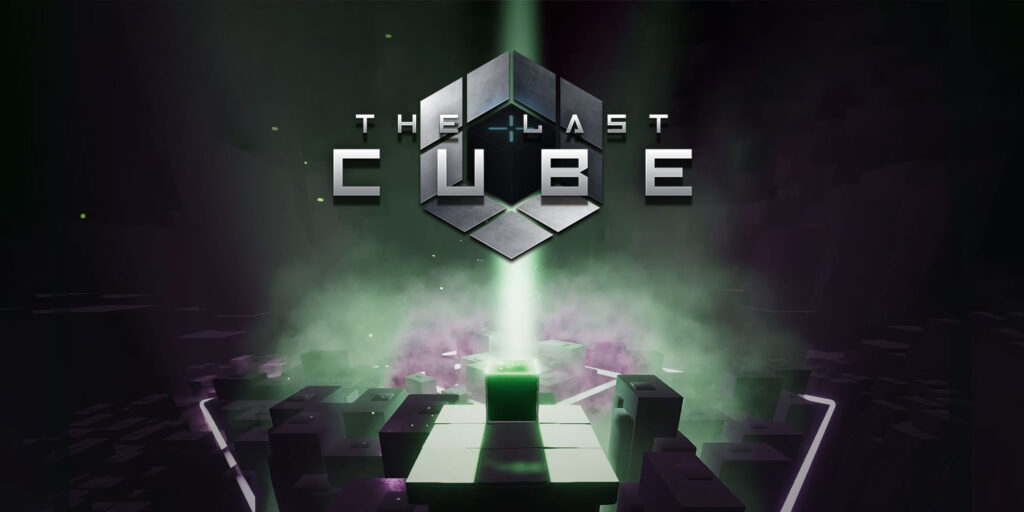
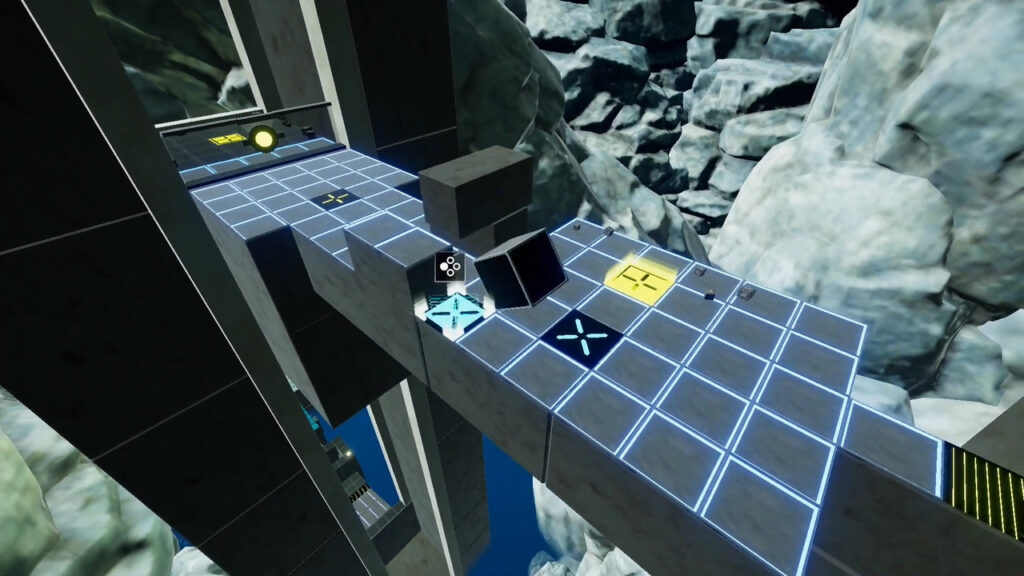

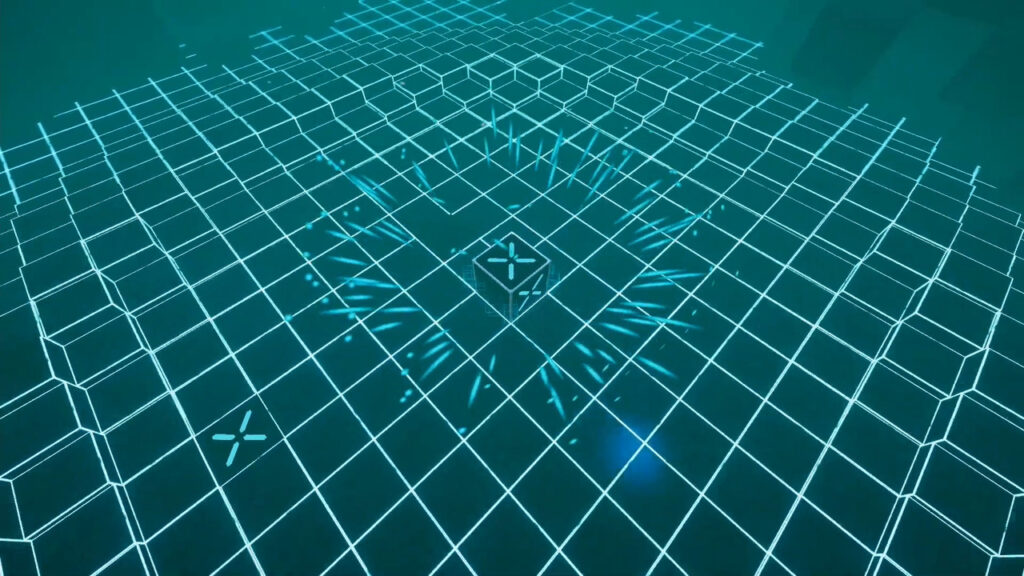
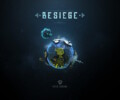
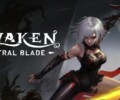


No Comments